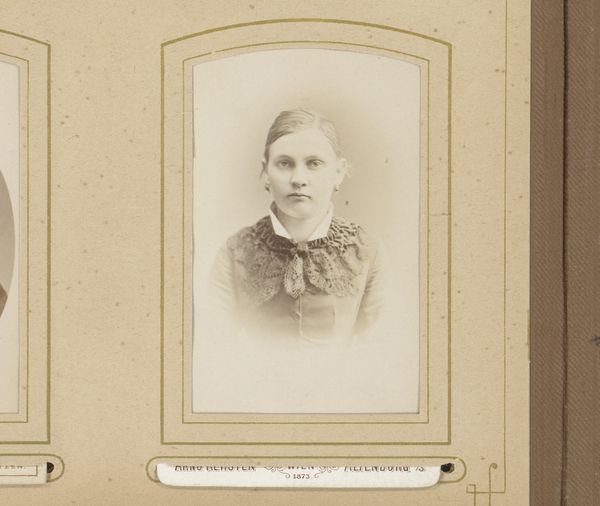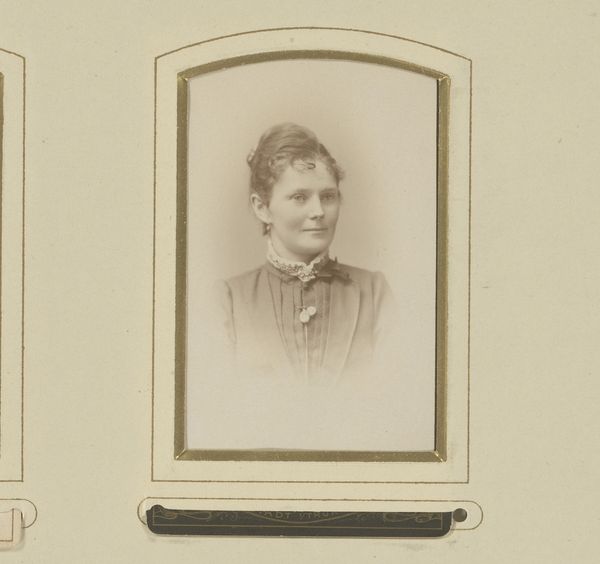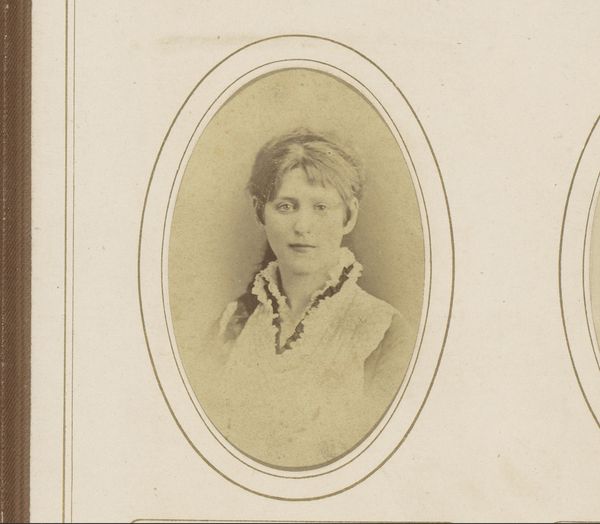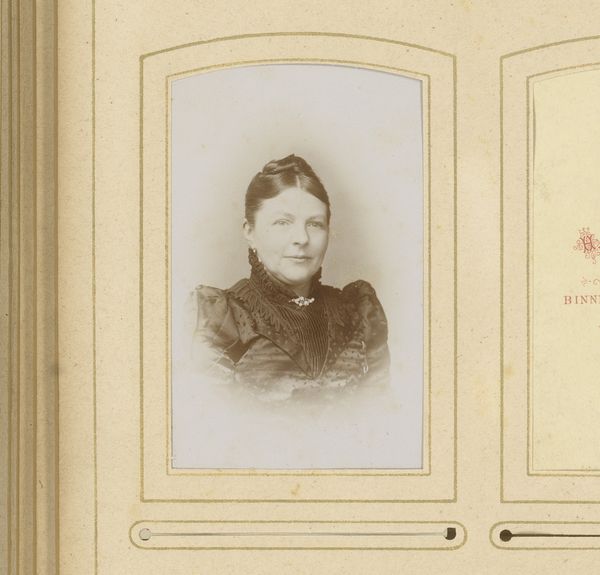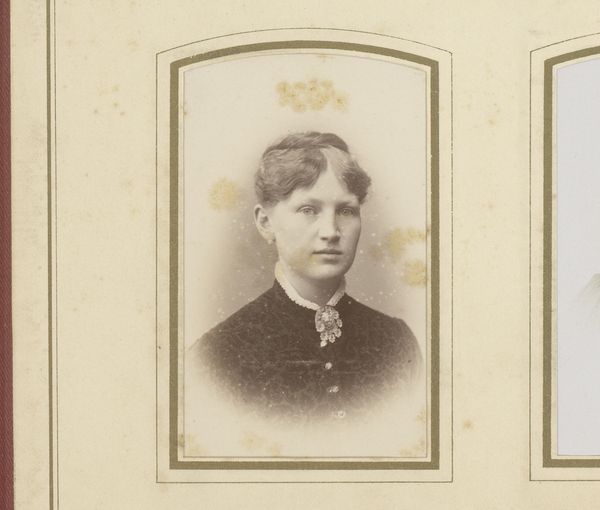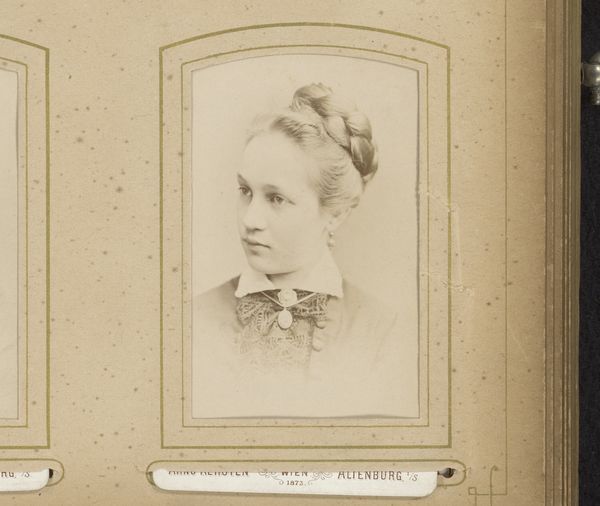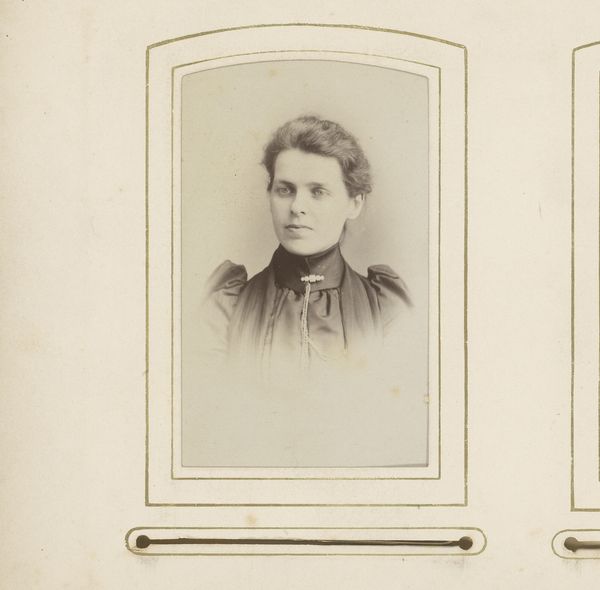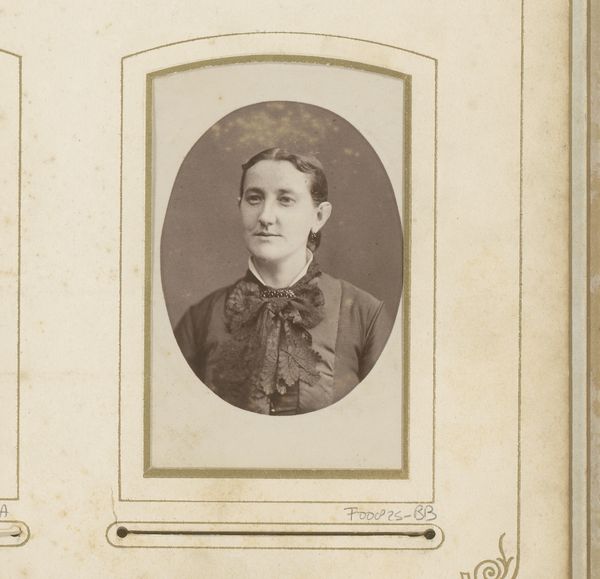
photography
#
portrait
#
pictorialism
#
photography
#
realism
Dimensions: height 83 mm, width 52 mm
Copyright: Rijks Museum: Open Domain
This is Emile Schweitzer's "Portret van een vrouw", a small photographic print. Photography in the 19th century was a labor-intensive and complex process, requiring meticulous attention to detail. Each print involved coating glass plates with light-sensitive emulsions, precise timing during exposure, and careful chemical development. The sepia tone we see here wasn't just an aesthetic choice, but a result of the chemical processes used to stabilize the image. While photography democratized portraiture, making it accessible to a wider audience, it also created new forms of labor and specialisation. Photographers like Schweitzer were skilled artisans, and their studios became sites of both artistic creation and commercial enterprise. Consider the social context of this portrait. It was likely commissioned, reflecting the sitter's desire to document her likeness and social standing. By appreciating the labor and technology involved in its creation, we gain a deeper understanding of the photograph as a crafted object, embedded in the social and economic fabric of its time.
Comments
No comments
Be the first to comment and join the conversation on the ultimate creative platform.
